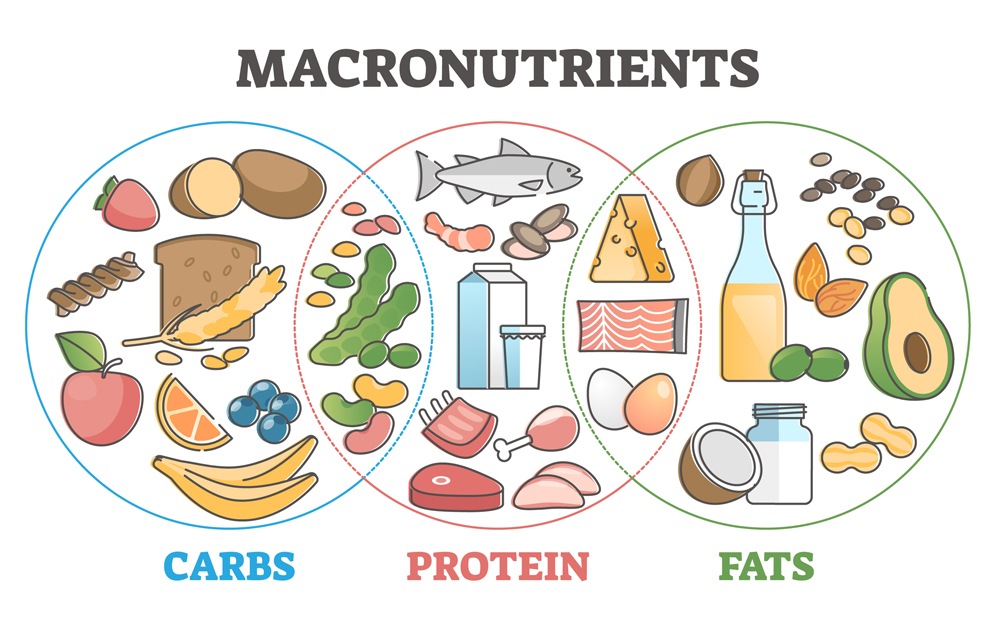- Empty cart.
- Continue Shopping
How to Understand the Macronutrient Ratio of Foods

Understanding the macronutrient ratio of foods is a crucial step in achieving your health and fitness goals. Whether you’re looking to lose weight, build muscle, or simply maintain a balanced diet, knowing the proportion of carbohydrates, proteins, and fats in your meals can be a game-changer.
What Are Macronutrients?
Before we dive into the nitty-gritty, let’s clarify what macronutrients are. Macronutrients are the nutrients that provide energy, and they come in three primary forms: carbohydrates, proteins, and fats. Each has its unique role in the body, and getting the right balance is key to optimal health.
Carbohydrates
Carbohydrates are the body’s primary source of energy. They are quickly converted into glucose, which fuels your muscles and brain.
Proteins
Proteins are essential for growth, repair, and maintaining body tissues. They are made up of amino acids, the building blocks of life.
Fats
Fats are a concentrated source of energy and are necessary for hormone production, nutrient absorption, and protecting vital organs.
Understanding Food Labels
One of the easiest ways to understand the macronutrient ratio of packaged foods is by reading the nutrition label. Here’s how to interpret it:
Serving Size
Always start by looking at the serving size, as all the nutritional information is based on this amount.
Macronutrient Content
Next, look for the section that lists the amount of carbohydrates, proteins, and fats per serving. This is usually measured in grams.
Calculate the Ratio
To find the macronutrient ratio, divide the number of grams of each macronutrient by the total grams of macronutrients. Multiply by 100 to get a percentage.
Using Apps and Tools
There are various apps and online tools available that can help you track your macronutrient intake. These platforms often have extensive food databases, making it easier to log and analyze your meals.
The Importance of Whole Foods
While packaged foods come with labels, whole foods like fruits, vegetables, and meats do not. For these, you can refer to reputable nutritional databases or use kitchen scales to weigh portions and calculate macronutrients.
Tailoring to Your Needs
Understanding the macronutrient ratio is just the first step; the next is tailoring it to your specific needs. Different goals will require different ratios. For example:
Weight Loss
A lower carbohydrate and higher protein ratio may be beneficial for weight loss.
Muscle Gain
A higher proportion of protein and carbohydrates can help support muscle growth.
Balanced Diet
For general health, a balanced ratio that includes all three macronutrients is often recommended.
In conclusion, understanding the macronutrient ratio of foods empowers you to make informed dietary choices that align with your health goals. Whether you’re reading food labels, using tracking apps, or weighing whole foods, the key is to find the balance that works for you. By doing so, you’re not just counting calories; you’re making every calorie count.








